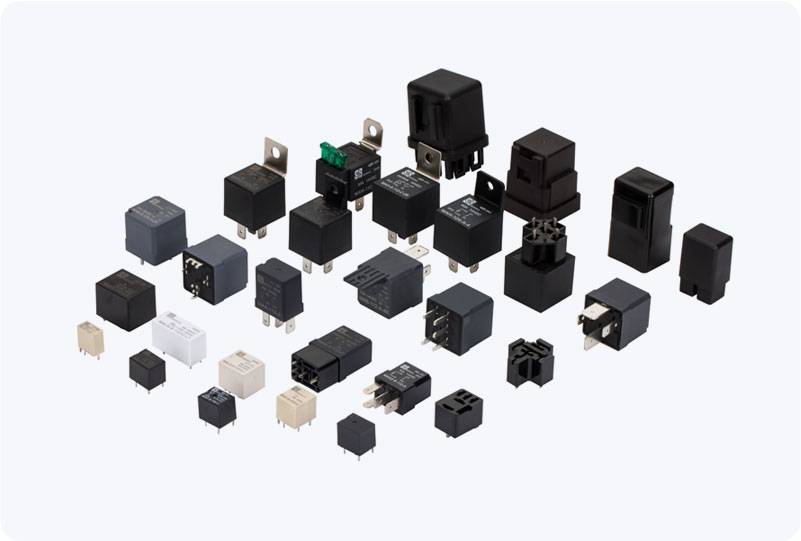Safety is a paramount concern in industrial environments, particularly in sectors such as manufacturing, chemical processing, and energy. The safety of workers and equipment relies heavily on the effectiveness of safety systems, one of the most important of which is the Safety Relay SIL 3. This device plays a critical role in ensuring that machinery and control systems operate safely, especially when faults occur that could otherwise lead to accidents or damage. In this article, we explore the functions, standards, applications, and considerations surrounding Safety Relay SIL 3.

What is Safety Relay SIL 3? A Safety Relay SIL 3 is an industrial safety device designed to monitor and control safety-critical systems. SIL stands for Safety Integrity Level, a measure defined by standards such as IEC 61508 and IEC 62061, which assesses the reliability and integrity of safety systems. SIL levels range from 1 to 4, with SIL 3 representing a high level of reliability and safety. A SIL 3 safety relay ensures that systems maintain safe operation even in the event of a fault. It is often used in emergency shutdown systems, fire suppression systems, and other critical applications where failure could result in harm to people, equipment, or the environment. SIL 3 is typically applied in industries with high-risk operations, such as chemical plants, oil and gas, and power generation facilities.